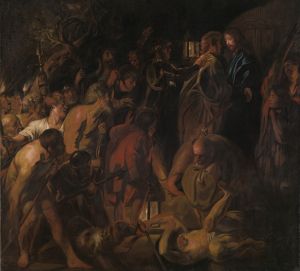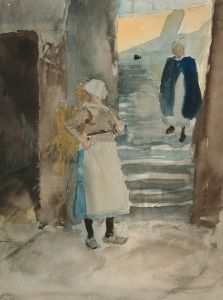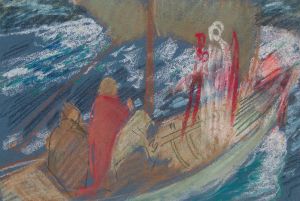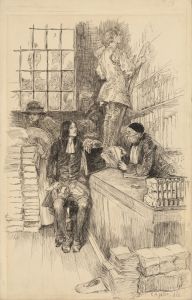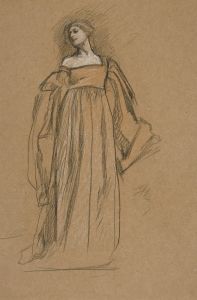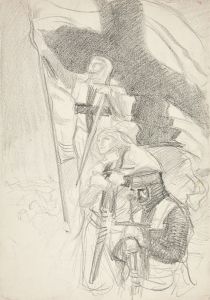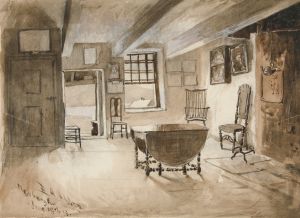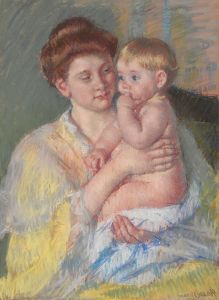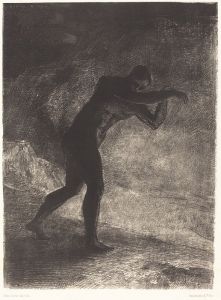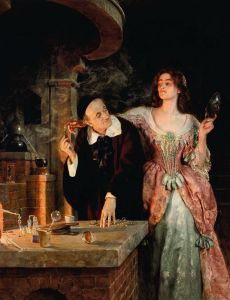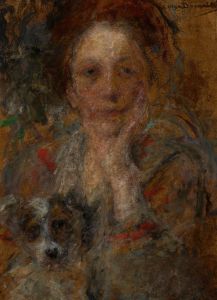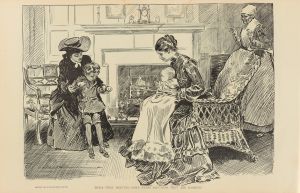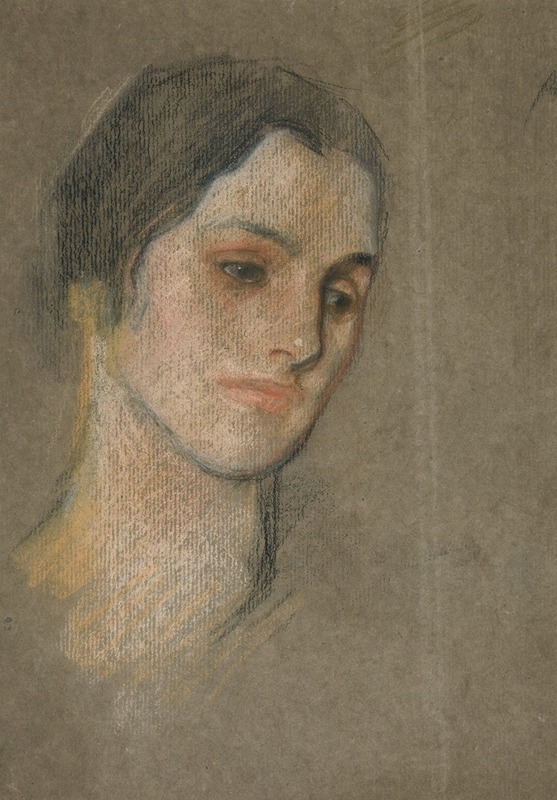
Portrait of an unidentified woman
A hand-painted replica of Edwin Austin Abbey’s masterpiece Portrait of an unidentified woman, meticulously crafted by professional artists to capture the true essence of the original. Each piece is created with museum-quality canvas and rare mineral pigments, carefully painted by experienced artists with delicate brushstrokes and rich, layered colors to perfectly recreate the texture of the original artwork. Unlike machine-printed reproductions, this hand-painted version brings the painting to life, infused with the artist’s emotions and skill in every stroke. Whether for personal collection or home decoration, it instantly elevates the artistic atmosphere of any space.
Edwin Austin Abbey was an American artist known for his illustrations and paintings, particularly those depicting Shakespearean and Victorian subjects. Born in 1852 in Philadelphia, Pennsylvania, Abbey gained prominence in the late 19th and early 20th centuries. He was a member of the National Academy of Design and the Royal Academy of Arts, reflecting his significant contributions to the art world during his lifetime.
"Portrait of an Unidentified Woman" by Edwin Austin Abbey is one of his lesser-known works, and as the title suggests, the identity of the woman depicted in the painting remains unknown. Abbey's portraits often captured the elegance and fashion of the time, and this painting is no exception. The woman is portrayed with a sense of grace and poise, characteristic of Abbey's style, which often emphasized detailed and realistic depictions.
Abbey's technique in portraiture was influenced by his background in illustration, where attention to detail and narrative elements were crucial. This influence is evident in the way he captures the textures of the woman's clothing and the subtle expressions on her face. The painting likely dates back to the late 19th or early 20th century, a period when Abbey was actively producing both illustrations and paintings.
While specific details about "Portrait of an Unidentified Woman" are scarce, Abbey's broader body of work provides context for understanding his approach to art. He was known for his ability to convey a story or mood through his paintings, often drawing from historical or literary themes. This narrative quality is a hallmark of his style, whether in grand murals or intimate portraits.
Abbey spent a significant portion of his career in England, where he was commissioned to create murals for the Boston Public Library and the Pennsylvania State Capitol. His time in England also exposed him to the Pre-Raphaelite movement, which may have influenced his use of color and composition in his paintings.
Despite the lack of specific information about the subject of "Portrait of an Unidentified Woman," the painting remains a testament to Abbey's skill as a portrait artist. It reflects his ability to capture the essence of his subjects, even when their identities are not recorded. Abbey's work continues to be appreciated for its artistic merit and its contribution to the cultural and artistic exchanges between the United States and Europe during his lifetime.
In summary, while "Portrait of an Unidentified Woman" by Edwin Austin Abbey lacks detailed historical documentation, it exemplifies the artist's proficiency in portraiture and his broader artistic legacy. Abbey's work remains significant in the study of American art, particularly in the context of transatlantic influences and the evolution of illustration and painting in the late 19th and early 20th centuries.





